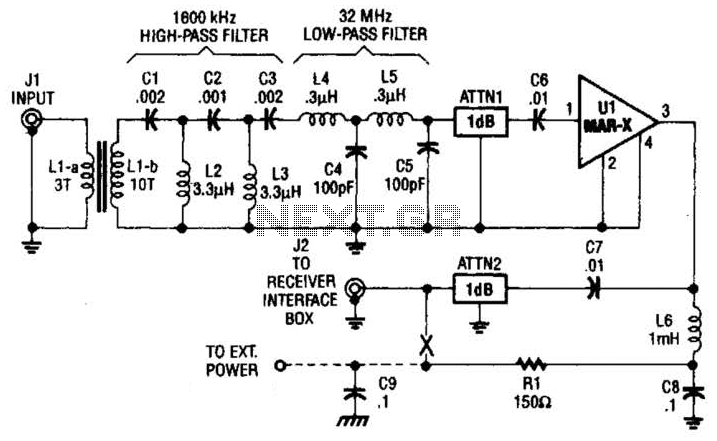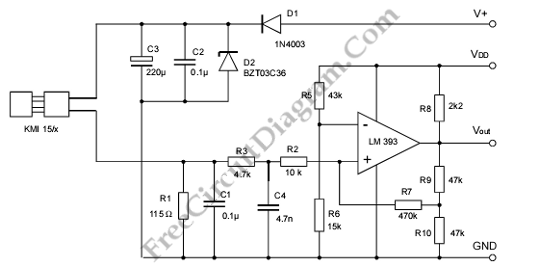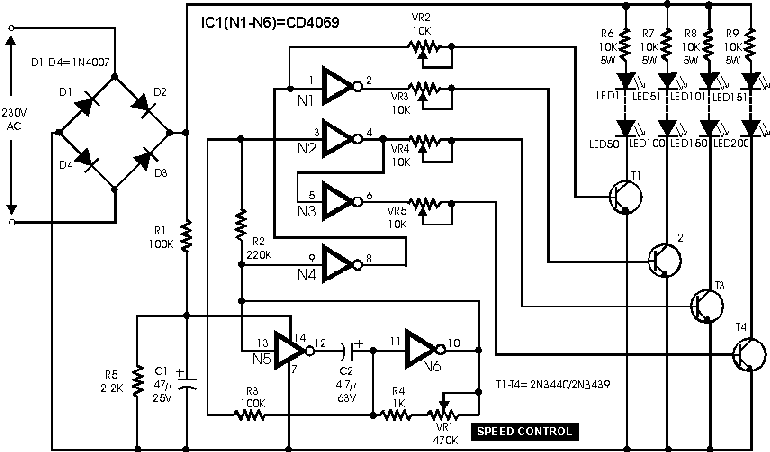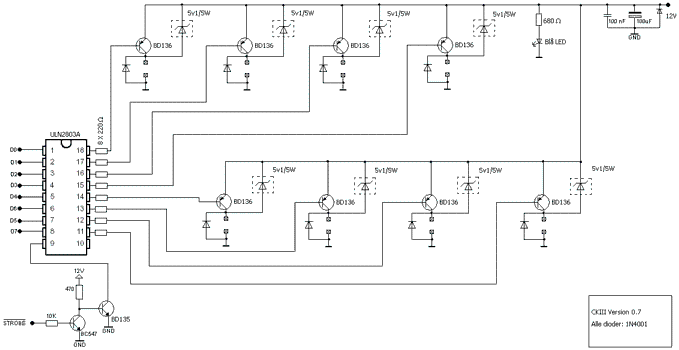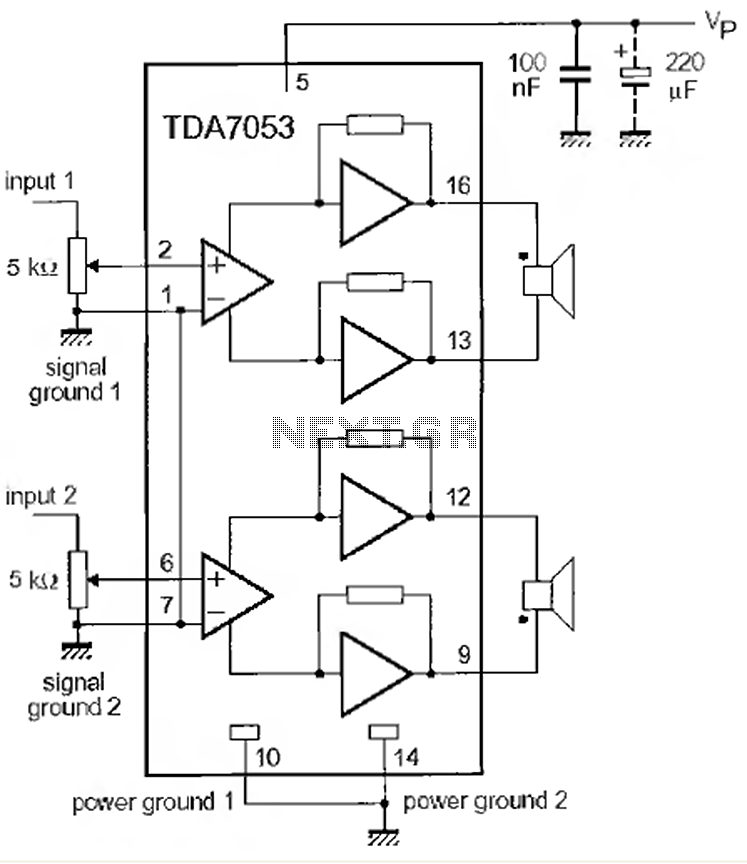
Low power long life LED flashlight Joule Thief circuit

A low power, long-life LED flashlight circuit. Electronic Design proposed a simple circuit to resolve this in a recent article. The front end of their circuit draws less than a milliamp of extra current.
The described LED flashlight circuit is designed for low power consumption while ensuring a prolonged operational life. The circuit's architecture is optimized to draw minimal current, specifically less than one milliamp, which is crucial for extending battery life.
Typically, such a circuit may incorporate a low-dropout regulator (LDO) to maintain a stable voltage supply to the LED, ensuring consistent brightness despite variations in battery voltage. The use of a high-efficiency LED, such as a surface-mounted device (SMD), further enhances the overall efficiency of the flashlight.
The circuit may include a simple switching mechanism, possibly utilizing a transistor or a MOSFET, to control the LED's on/off state. This switching component can be activated by a push button or a toggle switch, allowing the user to operate the flashlight conveniently.
Additionally, the design might employ a capacitor to filter out any noise and ensure a steady output, which is particularly important for maintaining the LED's performance. The circuit could also feature a series resistor to limit the current flowing through the LED, thus preventing damage and ensuring optimal brightness.
Overall, this low-power LED flashlight circuit represents an effective solution for portable lighting applications, combining efficiency with longevity, making it suitable for various uses, from emergency kits to everyday carry items.A low power, long life LED flashlight circuit. Electronic Design proposed a simple circuit to resolve this in a recent article. The front end of their circuit draws less than a milliamp of extra current. 🔗 External reference
The described LED flashlight circuit is designed for low power consumption while ensuring a prolonged operational life. The circuit's architecture is optimized to draw minimal current, specifically less than one milliamp, which is crucial for extending battery life.
Typically, such a circuit may incorporate a low-dropout regulator (LDO) to maintain a stable voltage supply to the LED, ensuring consistent brightness despite variations in battery voltage. The use of a high-efficiency LED, such as a surface-mounted device (SMD), further enhances the overall efficiency of the flashlight.
The circuit may include a simple switching mechanism, possibly utilizing a transistor or a MOSFET, to control the LED's on/off state. This switching component can be activated by a push button or a toggle switch, allowing the user to operate the flashlight conveniently.
Additionally, the design might employ a capacitor to filter out any noise and ensure a steady output, which is particularly important for maintaining the LED's performance. The circuit could also feature a series resistor to limit the current flowing through the LED, thus preventing damage and ensuring optimal brightness.
Overall, this low-power LED flashlight circuit represents an effective solution for portable lighting applications, combining efficiency with longevity, making it suitable for various uses, from emergency kits to everyday carry items.A low power, long life LED flashlight circuit. Electronic Design proposed a simple circuit to resolve this in a recent article. The front end of their circuit draws less than a milliamp of extra current. 🔗 External reference
